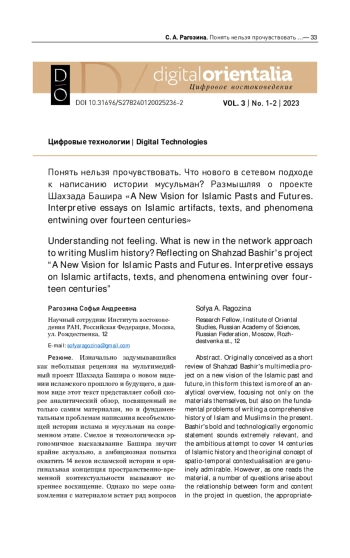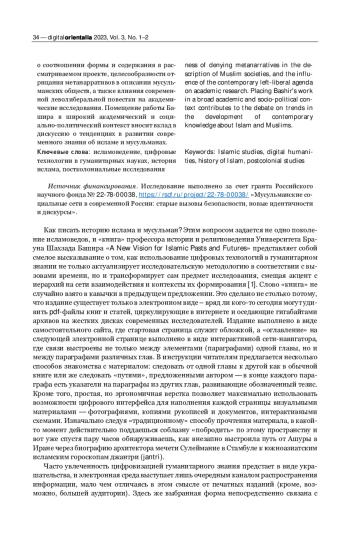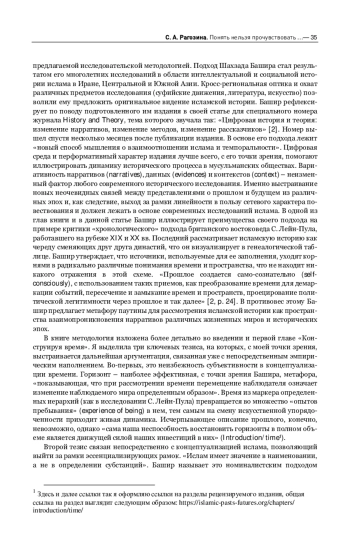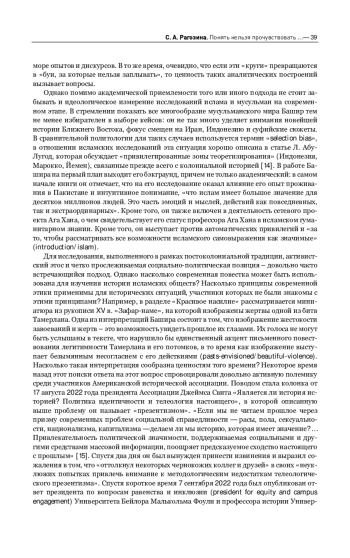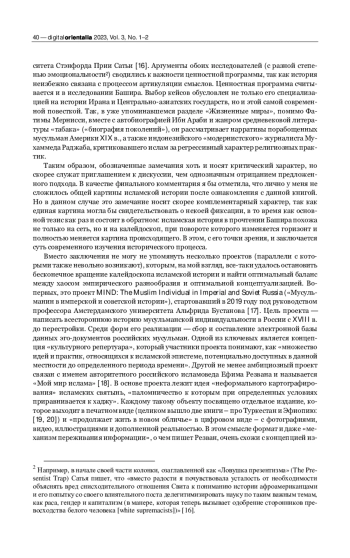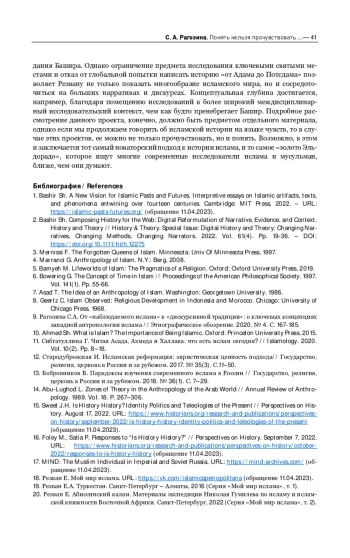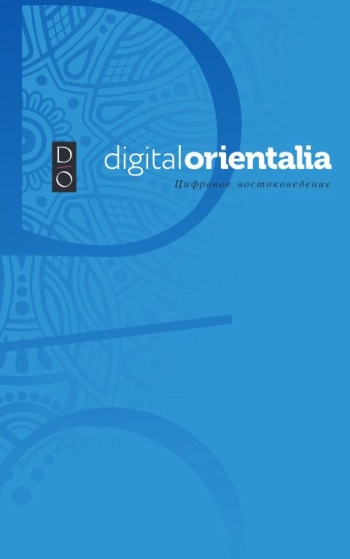Изначально задумывавшийся как небольшая рецензия на мультимедийный проект Шахзада Башира о новом видении исламского прошлого и будущего, в данном виде этот текст представляет собой скорее аналитический обзор, посвященный не только самим материалам, но и фундаментальным проблемам написания всеобъемлющей истории ислама и мусульман на современном этапе. Смелое и технологически эргономичное высказывание Башира звучит крайне актуально, а амбициозная попытка охватить 14 веков исламской истории и оригинальная концепция пространственно-временной контекстуальности вызывают искреннее восхищение. Однако по мере ознакомления с материалом встает ряд вопросов о соотношении формы и содержания в рассматриваемом проекте, целесообразности отрицания метанарративов в описании мусульманских обществ, а также влияния современной леволиберальной повестки на академические исследования. Помещение работы Башира в широкий академический и социально-политический контекст вносит вклад в дискуссию о тенденциях в развитии современного знания об исламе и мусульманах. ness of denying metanarratives in the description of Muslim societies, and the influence of the contemporary left-liberal agenda on academic research. Placing Bashir’s work in a broad academic and socio-political context contributes to the debate on trends in the development of contemporary knowledge about Islam and Muslims. Ключевые слова: исламоведение, цифровые технологии в гуманитарных науках, история ислама, постколониальные исследования.
Originally conceived as a short review of Shahzad Bashir’s multimedia project on a new vision of the Islamic past and future, in this form this text is more of an analytical overview, focusing not only on the materials themselves, but also on the fundamental problems of writing a comprehensive history of Islam and Muslims in the present. Bashir’s bold and technologically ergonomic statement sounds extremely relevant, and the ambitious attempt to cover 14 centuries of Islamic history and the original concept of spatio-temporal contextualisation are genuinely admirable. However, as one reads the material, a number of questions arise about the relationship between form and content in the project in question, the appropriateness of denying metanarratives in the description of Muslim societies, and the influence of the contemporary left-liberal agenda on academic research. Placing Bashir’s work in a broad academic and socio-political context contributes to the debate on trends in the development of contemporary knowledge about Islam and Muslims.

